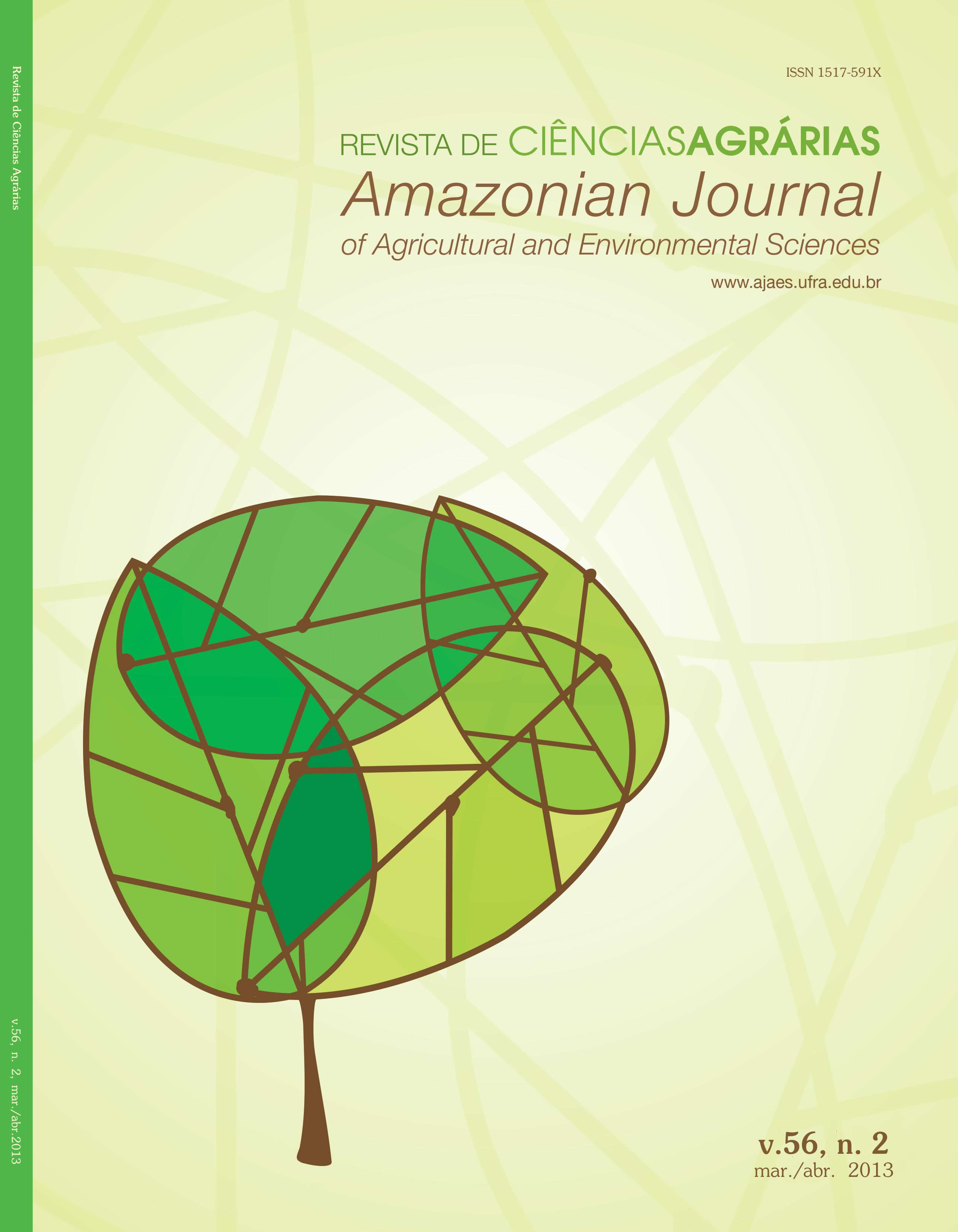Agronomic performance of soybean cultivars and lines against foliar diseases
Abstract
The programs of soybean breeding have sought to develop, over the years, more productive and more disease resistance cultivars. The objective of this study was to evaluate soybean cultivars and lines for agronomic characteristics and severity of foliar diseases. The experiment was conducted at the Federal University of Rondônia, in Moura-RO, the harvest 2007/2008 in dystrophic Typic. The experimental design was randomized blocks, evaluating 25 strains and five as control (Warranty, Chapadões, Luziania, Msoy Msoy 8411 and 8914), with four replications. , Plant height at flowering and maturity, height of the first pod; lodging; leaf retention, productivity and number of days to flowering and maturity: the agronomic characteristics were evaluated. For diseases were evaluated septoria (Septoria glycines), the stain-eye frog (frogeye leaf spot) and target spot (Corynespora cassiicola), determining the severity. As for soybean rust (Phakopsora pachyrhizi), the behavior of genotypes to aggressiveness is noted. As they have good agronomic characteristics and low severity as to foliar diseases, UFUS 3, UFUS 6, 7 UFUS, UFUS 11, UFUS 14, 16 and UFUS UFUS 17 lines appear as the most promising materials for cultivation in the region of Rolim Moura-RO.
Downloads
Authors retain copyright and grant the Journal the right to the first publication. Authors are encouraged to and may self-archive a created version of their article in their institutional repository, or as a book chapter, as long as acknowledgement is given to the original source of publication. As the Journal provides open access to its publications, articles may not be used for commercial purposes. The contents published are the sole and exclusive responsibility of their authors; however, the publishers can make textual adjustments, adaptation to publishing standards and adjustments of spelling and grammar, to maintain the standard patterns of the language and the journal. Failure to comply with this commitment will submit the offenders to sanctions and penalties under the Brazilian legislation (Law of Copyright Protection; nº 9,610; 19 February 1998).


.jpg)









